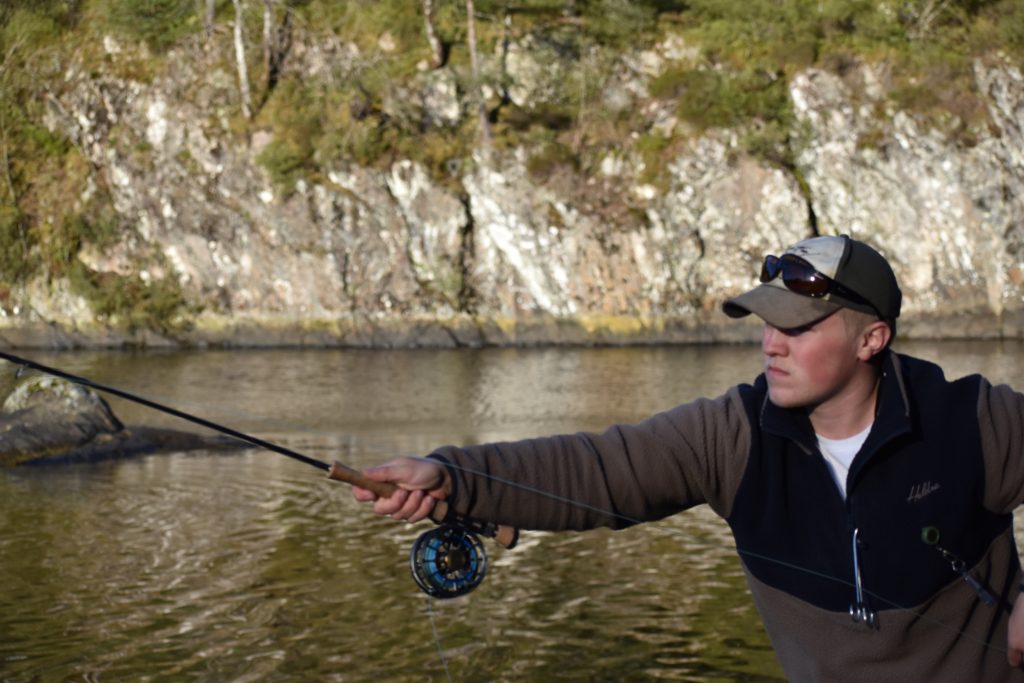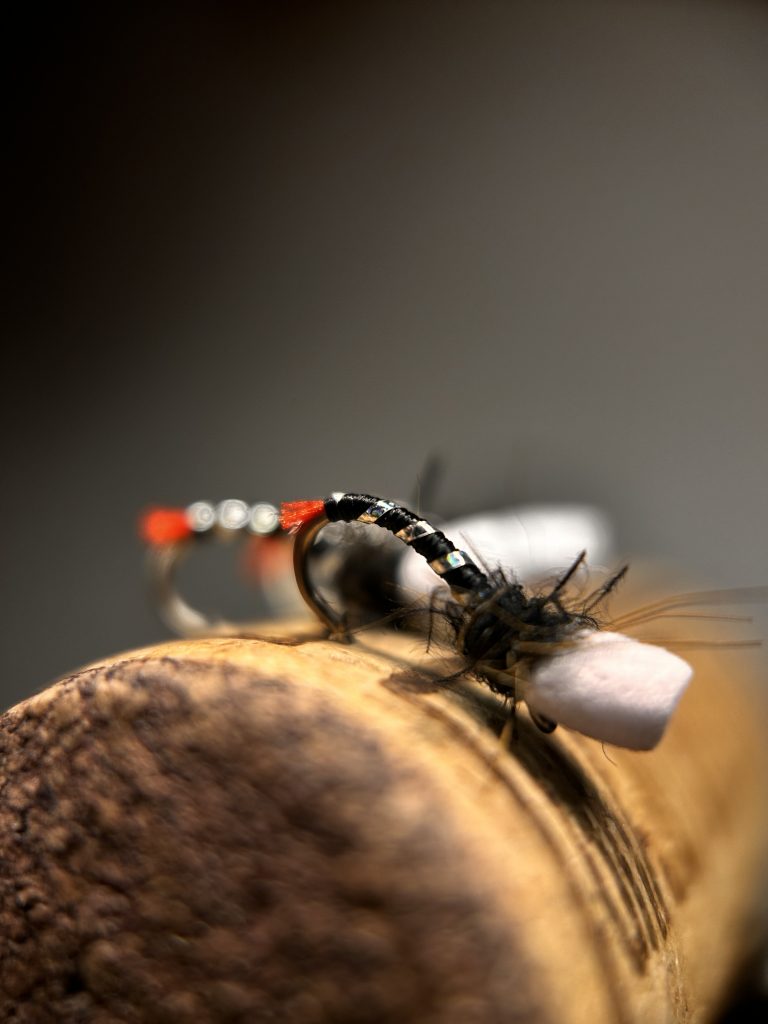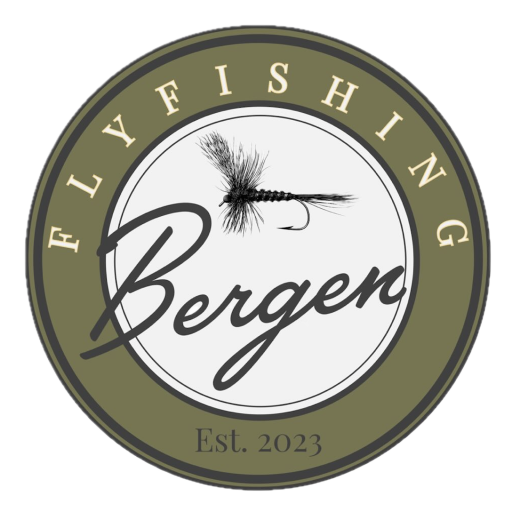Imitation
Fly Fishing and tying are all about imitating the right insects or other food sources at the right time. Fish feed on what’s naturally available. Knowing which insects are hatching in a specific season or area helps you tie flies that match them. Unlike insect imitations, which are about subtlety, baitfish flies are made to provoke hunter instincts, typically in bigger fish. The flies you tie for this purpose are often longer, with triggering colors designed to imitate injured swimming fish.


The Pheasant Tail Nymph
Pheasant Tail Nymph is a classic fly known for its ability to imitate nymphs in the water. It is made with feathers from a pheasant, which gives it a natural sheen and movement that attracts fish. This fly is especially effective when fishing in rivers and streams, and it works well for species like trout and grayling. With its simple yet elegant design, the Pheasant Tail Nymph is a favorite among many anglers

The Midge Emerger
The Midge Emerger is a fantastic fly pattern that imitates the vulnerable stage of midges as they transition from larva to adult. This stage is often when fish are most likely to feed, making it an essential addition to any fly box. Tying a midge emerger typically involves using fine threads and materials that create a realistic silhouette on the water. When fished just below the surface, it can be incredibly effective for catching trout and other freshwater species. Don’t forget to experiment with different colors and sizes to match the local hatch!

The Caddis pupa
Caddis Pupa is a fascinating part of the life cycle of caddisflies, and they are an important part of the food chain for many fish species. These pupae typically live in the water, attached to the bottom or in vegetation. They have a characteristic shape, often with a protective case made of small stones or plant debris. When they are ready to emerge as adults, they will break out of the pupal stage and swim to the surface, making them an attractive prey for fish. Using caddis pupa flies can be an effective technique when fishing, especially in rivers and lakes where these insects are common. Feel free to share a picture of your best catch with a caddis pupa fly!

The Deer Hair Diver
The Deer Hair Diver fly is a fantastic fly for fishing for predators like perch and pike. This fly is known for its ability to mimic a swimming baitfish, making it highly effective in waters with plenty of vegetation.
The fly is made with deer hair, which gives it great buoyancy and lively movement in the water. When you cast it, you can vary the retrieve to create different movements, which can attract more fish. Additionally, you can customize the colors of the fly to match the conditions in the water.

The Emerging Mayfly
Emerging Mayflies are fascinating insects that play a crucial role in freshwater ecosystems! They go through four stages: egg, nymph, subimago (dun), and imago (spinner). The nymph stage is the longest, and when they finally become adults, they live only to reproduce. This short life cycle makes them an important prey for many fish and birds.
Did you know that imitating emerging mayflies can be incredibly effective in fly fishing? Fish love to target these vulnerable insects during their transition from nymph to adult.

The Midge Buzzer
Midge Buzzer flies are a popular fly for fishing, especially when targeting trout. They imitate the larvae of midges, which are small insects commonly found in water. The midge buzzer fly is typically tied on a thin hook with a body made of materials like wool, chenille, or synthetic fibers, often in colors such as black, gray, or olive.
This fly is effective in still water, particularly early in spring or late in fall when midges are active. It can be fished both below the surface and on the surface, depending on how the fish are responding. The technique for fishing with a midge buzzer often involves a slow, steady retrieve to mimic the movement of a larva swimming. It’s a great way to attract fish that are looking for small prey.

The CDC Shrimp
The CDC shrimp is known for its ability to mimic the movement and appearance of real shrimp in the water. This makes it very effective for attracting fish. It is often used in both freshwater and saltwater, and can be especially useful in areas where fish are accustomed to eating small shrimp. The feathers also give the fly a subtle movement that can be very appealing to fish.

The Kobberbassen fly
The Kobberbassen is a popular fly used in fly fishing, especially known for its ability to attract trout. It is made with a copper wire that gives the fly a shiny and natural appearance, mimicking small aquatic insects. The fly is effective in both still and running water and can be used throughout the fishing season. Its simple pattern also makes it a favorite among many fly fishers, both beginners and experienced

